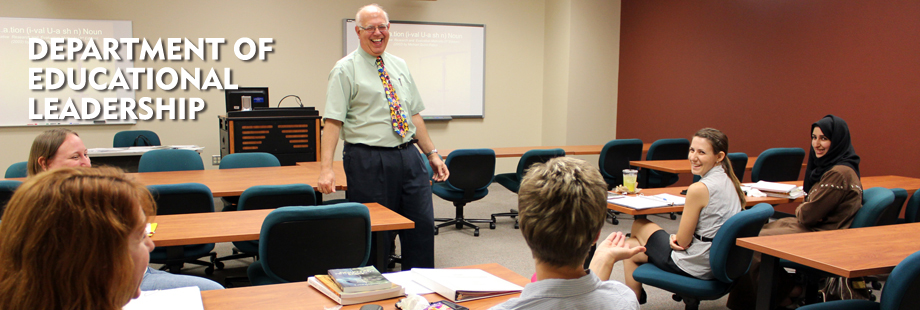Document Type
Article
Publication Date
3-6-2021
Publication Source
International Review of Education
Abstract
The Indian Government’s 12th Five Year Plan features ambitious goals regarding the upskilling of women in India. While the Plan acknowledges Indian women’s continued inequality, technical and vocational education and training (TVET) programmes (a main avenue for upskilling) pose considerable challenges. There is significant work to be done if India aspires to meet the 12th Plan’s goals. Moreover, to achieve them in a socially just manner, greater efforts are required to include and amplify women’s voices throughout the process. In pursuit of this aim, the authors of this research note share insights from the first stages of their study of an upskilling programme in the non-formal education sector. They argue for a bottom-up approach to understand how women wish to participate in this programme and in government-recognised TVET more broadly. To understand the women’s perspectives, the authors use the notions of third-space frameworks and “scapes”. These concepts go beyond simply acknowledging the need for labour upskilling and offer opportunities to critique gender biases, stereotypes and patriarchal practices, while formulating new ideas about how to engage as active participants in Indian society. Based on these insights, the authors offer a path forward by directly engaging with women on the ground level, using a bottom-up approach.
Document Version
Postprint
Copyright
Copyright © 2021 Springer Nature Switzerland
Publisher
Springer Nature
Volume
67
Issue
4
Peer Reviewed
yes
eCommons Citation
Witenstein, Matthew A. and Iyengar, Radhika, "A Bottom-Up Approach to Improve Women’s Access to Technical and Vocational Education and Training in India: Examining a Non-Formal Education Upskilling Programme" (2021). Educational Leadership Faculty Publications. 259.
https://ecommons.udayton.edu/eda_fac_pub/259
Included in
Educational Assessment, Evaluation, and Research Commons, Educational Leadership Commons, Higher Education Administration Commons




Comments
The document available for download (following the publisher's required embargo) is the authors' accepted manuscript, provided in compliance with the publisher's policy on self-archiving. Permission documentation is on file. To view the version of record, use the link to the published version (DOI: https://doi.org/10.1007/s11159-021-09890-1)